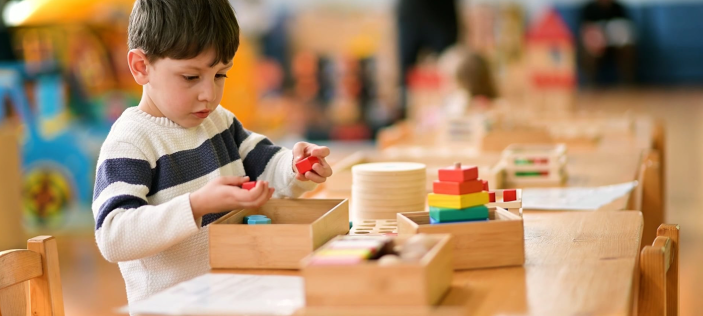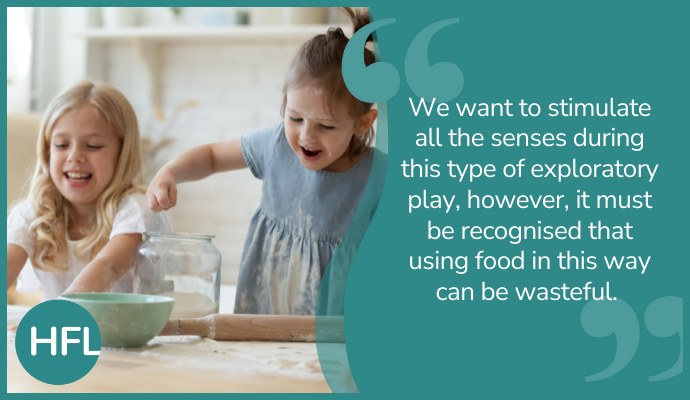
Something I have been pondering for a while is whether using food products in play is ethical. Statistics from Action Against Hunger indicate…
- 780 million people across the world live in extreme poverty
- poverty leads to hunger
- one in three children in low- and middle-income countries suffers from chronic undernutrition
As a child growing up in the early 90s, the phrase “People in the world are starving” was often used when I fussed about eating something I was not keen on. I remember watching a sit-com where this phrase was used, and the teenager’s response was “But won’t they still be hungry if I eat it?” Whilst true, the whole point is recognising privilege is not just that I had food, but I was also able to not like what I was being fed whereas this is just not an option for some.
Currently in the UK, The Food Foundation identified…
- 7.3 million adults have experienced food insecurity in 2022
- over 2.6 million children live in households that have experienced food insecurity in 2022
- food poverty is increasingly common because food is often in the ‘flexible’ budget
The rate in which food poverty is rising is a huge concern. Everyone is being impacted by the increasing cost of fuel and is noticing the high prices of consumables. This leads to me reflect on whether using food in play is appropriate.
Sensory play alternatives
As most early years practitioner will recognise, children have had very limited sensory play experiences due to Covid and general parental avoidance of ‘messy play’. Obviously, we want to stimulate all the senses during this type of exploratory play, however, it must be recognised that using food in this way can be wasteful.
Consider…
- to stimulate hearing – bottle lids, cut up straws, paper clips, pebbles, shells
- to stimulate touch – feathers, rocks, sponges, paint, sand, clay
- to stimulate smell – dried flowers, cut grass, leaves, natural soaps/washes
- to stimulate sight – torches, scarves, bubbles, windmills
- to stimulate taste – flavoured ice
(Ensure risk assessments are always in place and monitor children closely when playing with small objects)
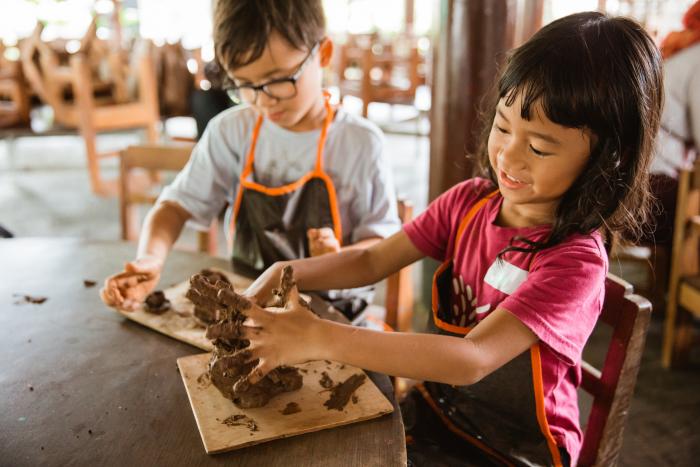
Healthy food habits
There are benefits to children touching food such exploration of texture which is important when using the baby led weaning approach, but it is also valuable for children who might struggle physically with eating. Some children have phobias of certain foods and others may require medical intervention; therefore, eating may not be as pleasurable as it for other children. As children get older, helping to prepare meals and engage with cooking can promote healthy eating habits.
Consider…
- snack time – do you offer a range of foods for children to try alongside fruit and vegetables? Can children build their independence skills in simple food preparation such as peeling or cutting?
- lunch time (if you plan the meals) – do you offer children a range of utensils to eat with? Do you provide meals/food that children are required to use their hands to eat?
- cooking activities – how frequently do you offer opportunities for children to cook? Do you cook dishes that use a wide range of ingredients for children to explore?
(Ensure risk assessments are always in place and monitor children closely when eating or cooking)
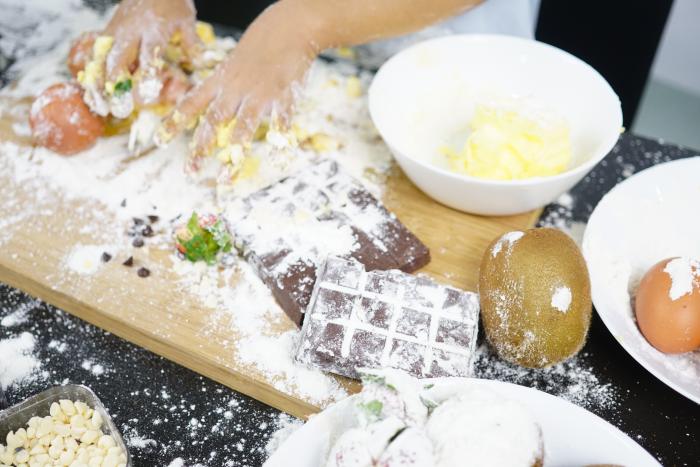
Sustainability
Along with the food poverty crisis we are also amidst a global environmental crisis where action is required from everyone to be more environmentally friendly. Each year around a third of food produced is wasted. This generates approximately 8% of the green-house gases emitted annually. It can be challenging for schools and settings to manage the amount of food waste, however, being mindful as a team and teaching children about reducing waste is a positive start.
Consider…
- growing your own produce – children will learn about taking care of nature and will be able to experience growth and decay first hand
- use what you grow – firstly you will be able to eat what you grow but you might also consider selling it in a school/setting shop. You can also use the inedible produce in your mud kitchen
- compost – create a compost from the unused food to help grow more
(Ensure risk assessments are always in place and monitor children closely when using tools)
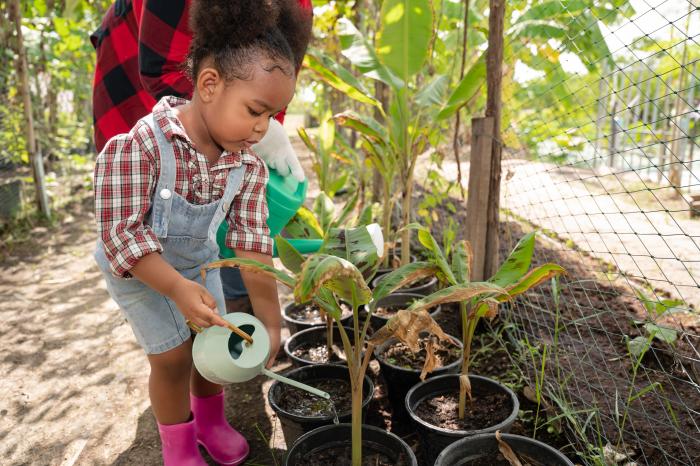
Whilst a complete ban on using food in play is not something I feel is necessary there are definitely steps that early years practitioner can take to ensure they are more mindful about the resources they use. Playdough, for example, could be made from out-of-date flour or ‘food play’ could be tied into more of an adult focused activity. If the children are going to gain greater learning opportunities from using food rather than alternatives, go for it… but consider reducing the amount used to reduce the amount wasted.



